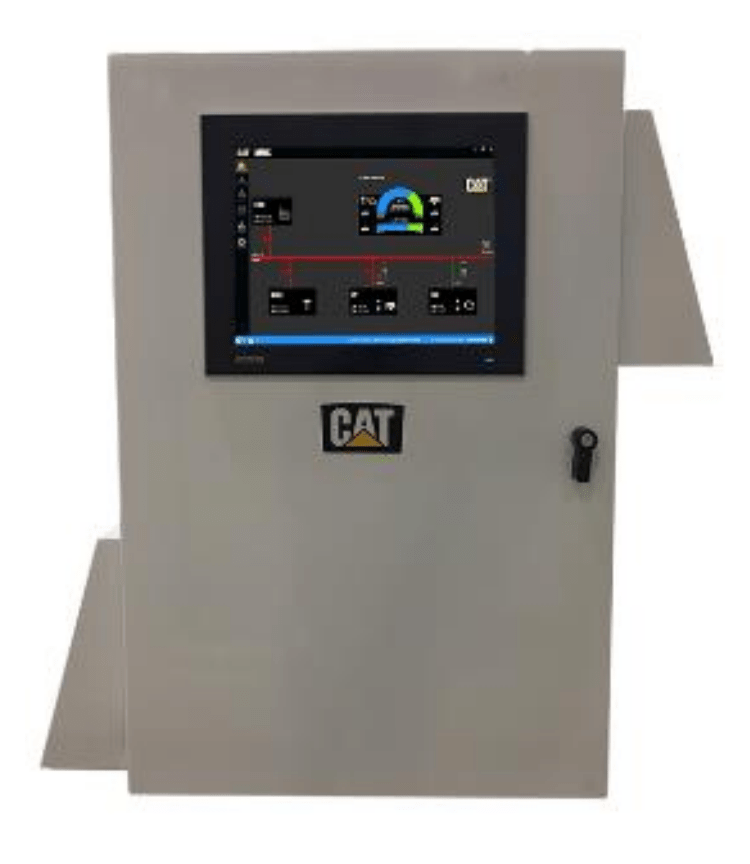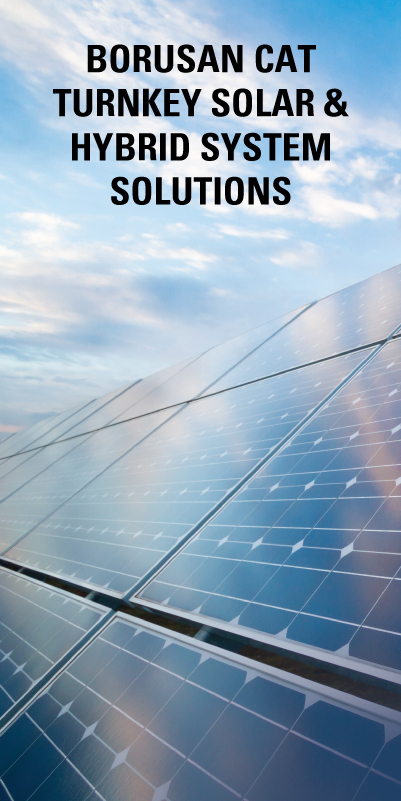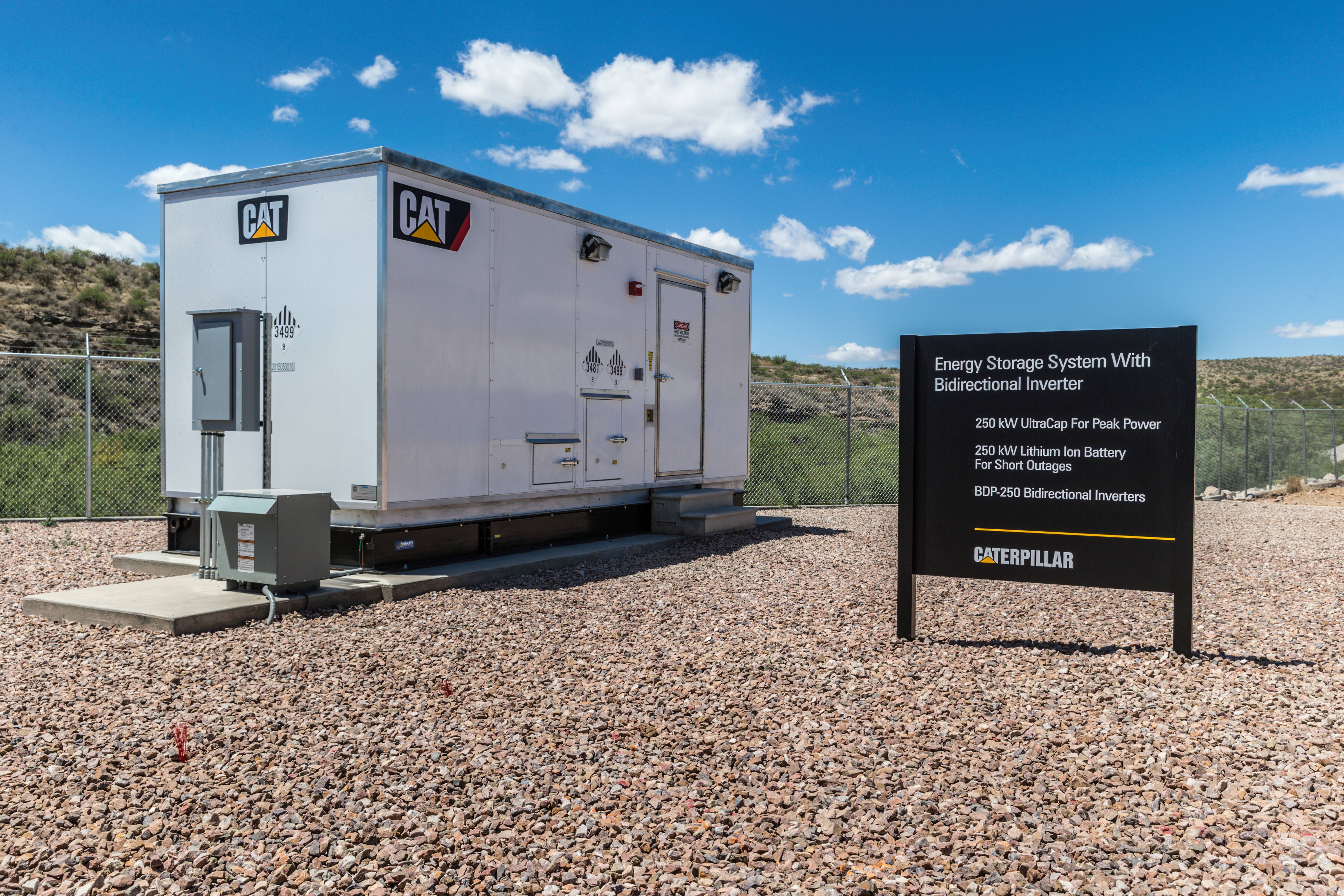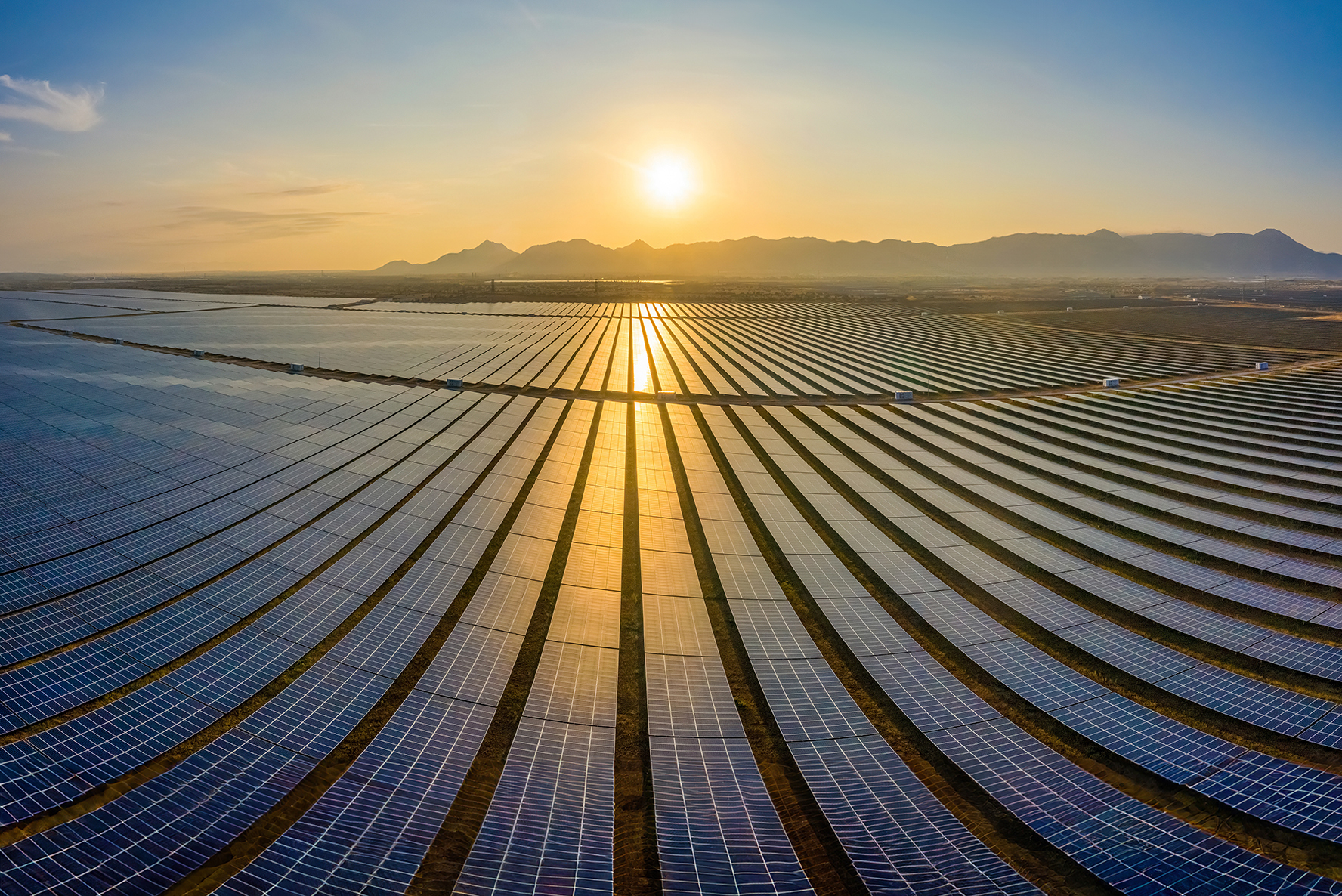We Are Taking Our Renewable Energy Business a Step Further with Solar Systems
As a renewable energy source, a solar energy system produces electric power at a high productivity rate with shorter depreciation periods and a longer useful time with the latest technological advances. Moreover, it reduces carbon emissions by producing electricity with green power. Each 1MWp solar system commissioned eliminates around 530 tons of CO2 emission annually.
Products with the Latest Technology & Borusan Cat Quality
Inverters, MMC microgrid & hybrid controllers and management systems, which are among the critical components of solar systems, are manufactured with Borusan Cat quality in line with the state-of-the-art technology.
With its expert project and field teams Borusan Cat;
- offers alternative hybrid solutions to its current customers,
- makes collaborations in the solar energy field with its potential customers,
- meets customer needs for different brand demands with engineering and application services.
An Opportunity for Hybrid and Microgrid with Solar Systems
Hybrid systems provide an opportunity to produce energy through the use of different energy production sources in the same system. It is possible to combine solar panels, wind turbine, geothermal, cogeneration/trigeneration, biogas, and landfill gas systems as well as diesel generators under a single framework and transform it into a hybrid system. Sustainability of energy and cost optimization are ensured thanks to diversified sources which are coordinated most efficiently with the current hardware and software capabilities.
Microgrid systems, on the other hand, provide energy production, usage, and storage by building up a cost-effective mini network in areas where no grid connection is available or there is insufficient energy.
This system includes:
- Cat Generator Sets,
- Cat (AC/DC power inverters),
- Cat MMC Master Controller and
Generators within the microgrid system and the energy produced by solar systems can be controlled and reported through a single screen with the help of MMC. You can find below detailed technical information on Inverters, MMC Microgrid Master Controller and Management System that provide various power options.

1- Inverters
Have questions about our Solar & Hybrid system solutions? Send us a message and we'll get back to you as soon as possible.



How Solar System Works?
Solar energy system converts solar radiation into electricity by utilizing appropriate equipment. In short, the system works as follows: sunlight is absorbed by PV panels where it is converted into DC current and then transmitted to the solar inverter. The solar inverter converts DC power into AC, thereby generating usable electricity.
As the sun ray hits the solar cells, it triggers electrons to move and disintegrate from their atoms. An electrical circuit is formed by connecting conductors to positive and negative magnetic poles of the solar cells, and electrons can flow through this circuit, generating electricity. A large number of solar cells are linked together to form a solar panel and similarly, a large number of solar panels are linked together to form a solar energy system. The installed power and energy production capacity of a solar energy system grows proportionally to the number of solar energy modules used in the system.
Solar System Installation
An on-site field study is done in the target area for solar system installation. Feasibility and placement studies are optimized through various solar system design programs. System components to be used in the project are identified according to the results of these studies. These components include PV panels, inverters, control panels, steel construction, cables, cable trays, connectors, transformers, microgrid and hybrid controller systems as well as energy storage systems. These products are assembled as appropriate in the field to build a perfectly operating system.
Types of Solar Systems
Solar energy systems can be categorized by using 2 different approaches.
1) System placement-based categorization:
1a) Roof type solar system
1b) Land type solar system
2) Grid connection-based categorization:
2a) On-grid systems
On-grid solar energy systems are installed to use electric power as soon as it is generated. With such systems, generated electric energy is converted into alternating current through inverters and connected to the central municipal power grid. Thanks to this grid connection, it is possible to wheel excessive electricity to the grid and utilize energy from the grid, if required. By using a two-way counter, it is possible to make monthly settlements based on the amount of electricity used from/wheeled to the grid.
2b) Off-grid systems
These systems are connected to energy storage systems and produce electricity independently of the grid. Off-grid systems are also called isolated systems or accumulation systems. Generated electric power is transmitted to energy storage systems where it is maintained. Power is converted into alternating current through inverters to make it available for use. These systems are used to provide power to those regions and residential areas which are distant from and/or do not have access to a grid connection.








